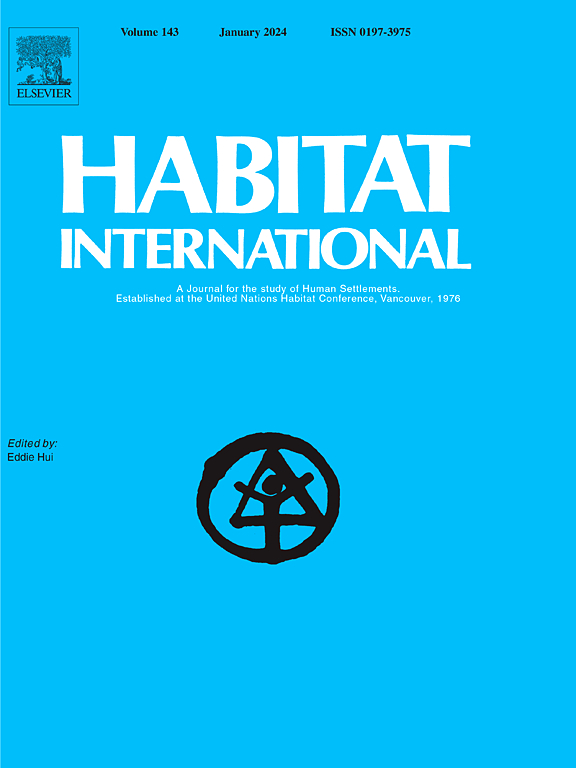Plausible or misleading? Evaluating the adaption of the place pulse 2.0 dataset for predicting subjective perception in Chinese urban landscapes
IF 6.5
1区 经济学
Q1 DEVELOPMENT STUDIES
引用次数: 0
Abstract
Visual perception is crucial in human-centric spatial studies. Currently, Place Pulse dataset is widely used for subjective scoring of urban space. However, its local applicability raises questions due to limitations in data sources and participants. This study compares the performance of Place Pulse 2.0 and a local dataset from Shenzhen in predicting perceptions, exploring its feasibility for evaluating Chinese megacities. Street view images (SVIs) in Shenzhen were categorized into five spatial types using k-means clustering for refined differentiation, and 400 SVIs from each category were compiled into a dataset rated by local residents. Perception scores based on different pre-trained datasets were predicted using XGBoost. The study found notable differences in urban perceptual evaluation between the datasets. Place Pulse dataset tended to give more pessimistic ratings for negative perceptions like “boring” and “depressing”. For positive perceptions such as lively and safe, it performed moderately, but well in beautiful and wealthy. Additionally, perceptual differences were most pronounced in urban core, green corridors, and urban villages. Urban villages saw an increase in perceptions of being "depressing" due to the homogeneity of building facades and a sense of enclosure. The novelty lies in quantifying perceptual differences across spatial clusters and elaborating their relationship with the visual environment. This research challenges the universality of the Place Pulse dataset in global cities and provides a more credible database and framework for localized spatial perception research in China.
求助全文
约1分钟内获得全文
求助全文
来源期刊

Habitat International
Multiple-
CiteScore
10.50
自引率
10.30%
发文量
151
审稿时长
38 days
期刊介绍:
Habitat International is dedicated to the study of urban and rural human settlements: their planning, design, production and management. Its main focus is on urbanisation in its broadest sense in the developing world. However, increasingly the interrelationships and linkages between cities and towns in the developing and developed worlds are becoming apparent and solutions to the problems that result are urgently required. The economic, social, technological and political systems of the world are intertwined and changes in one region almost always affect other regions.
 求助内容:
求助内容: 应助结果提醒方式:
应助结果提醒方式:


